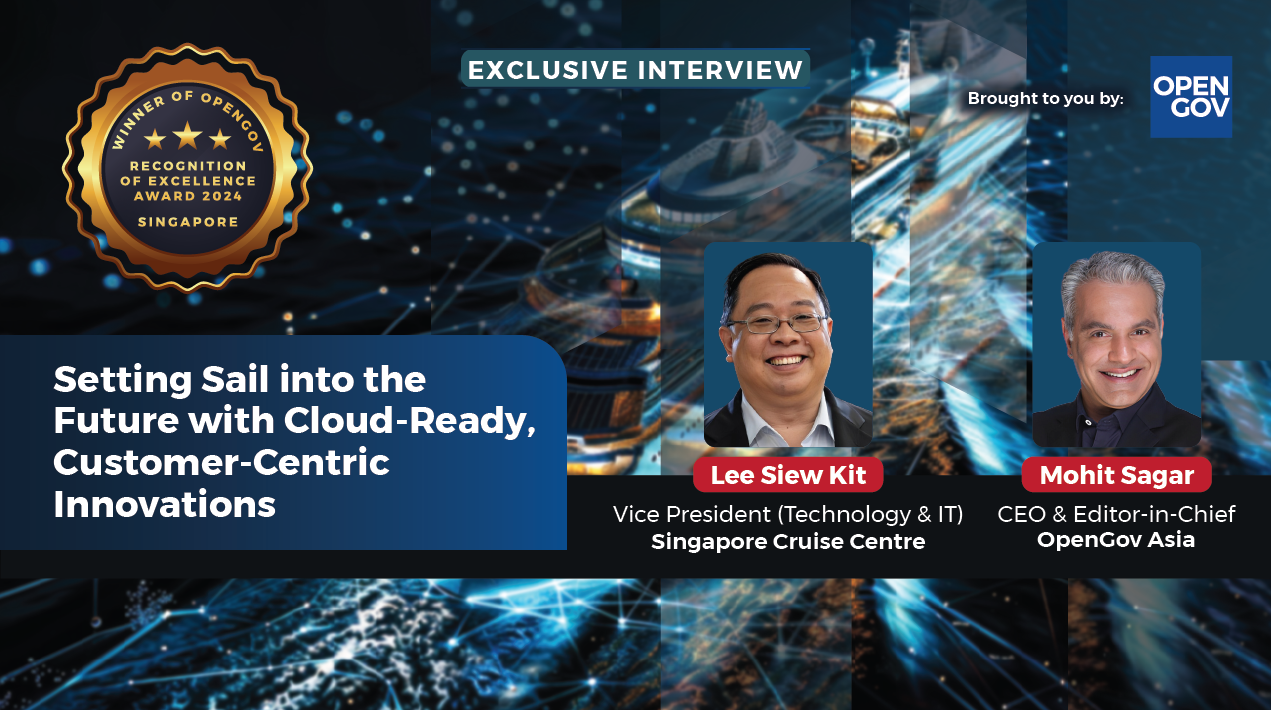
In the U.S. when there are problems with modernising an agency, its leaders send in “triage teams” to make improvements and then leave. But these interventions are often only on the surface and don’t have the support of institutions. The U.S. General Services Administration (GSA), on the other hand, has built a major digital modernisation effort using the talent and data it already has. It did this by taking a design-led approach.
GSA strives to provide the government and the American people with the best customer experience and value in real estate, acquisition, and technology services. Service, accountability, and innovation are among its values, and its strategic goals are real estate solutions, acquisition, digital government, and government operations.
In 2021, GSA’s Office of Customer Experience set up an internal Enterprise Digital Experience team in response to requests from the Executive Board and Digital Council for a team to catalogue, evaluate, and push customer-centred changes to all of GSA’s digital products.
Using a design-led strategy meant aiming for a team of experts in a few key areas, such as service design, policy, human capital, and engineering, as well as a collaborative mindset. The agency drew from its current talent pool and cross-trained each other by working on projects together, while also attempting to bring in more talented individuals.
This new approach is in line with Priority 1 of the President’s Management Agenda (PMA), which is to “attract, hire, develop, and empower talented people who are well-suited and well-prepared” to face government challenges.
The experts on the GSA team work well together because they respect each other’s skills and use them to improve the digital experience, which is their shared goal. The results give them hope. After less than a year and with a small team, they made a rubric so that the internal web teams could better figure out what their digital assets were worth.
It covers six areas: putting the customer first, accessibility, performance, user behaviour, putting links in place that are required by policy and law, and putting the U.S. web design system into place.
In their first year, they looked at more than a third of GSA’s inventory and told each website team what they learned from 50 different data points. They talked to the teams to help them understand how their site works for customers and how it compares to federal and agency requirements.
This may sound easy, since data is everywhere, especially in an agency like GSA, which oversees a wide range of tasks across the government. But if they take a design-led approach, they can’t just give teams data and suggestions; they must understand the problems teams face in trying to understand and act on data.
So, they wrote short (about 200 words), easy-to-understand narratives in which they explain the data, put it in context, and suggest what should be done. The best part is that the teams they’ve helped have been very grateful and have often acted quickly on their suggestions so they can improve their websites and better serve their real customers.
It’s been hard to build an interdisciplinary team and build on what’s already there. It’s even harder to work on modernisation projects in the federal government. But it is possible if all agencies are understanding and work together. It’s called “design-led,” and every agency can do it.
















